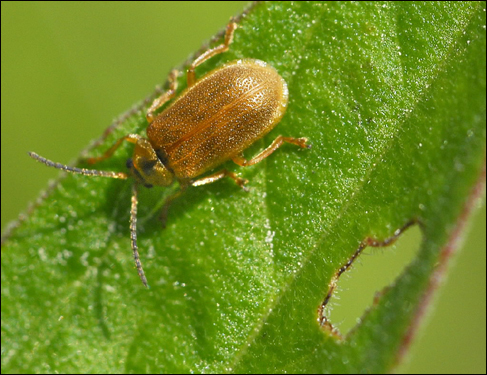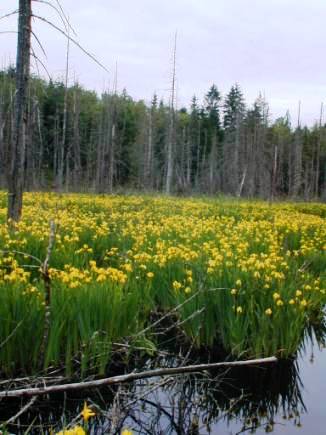Three-Square is a member of the Bulrush family. It is a perennial plant that can grow up to 4ft tall. This plant will form large colonies of rhizomes underground, which enables it to reproduce quickly. The flowers look like small brown spikes at the end of the stem and there are only a few leaves around the base of the plant. Three-Square may grow in water up to 12” deep where it provides a habitat for many micro and macro invertebrates. Though this plant may be important in the aquatic ecosystem, it may take over the shoreline very quickly and eliminate other natural plants.










